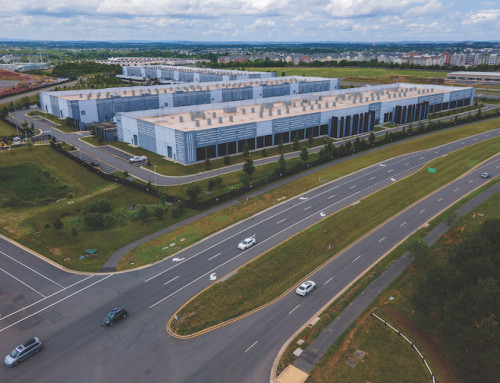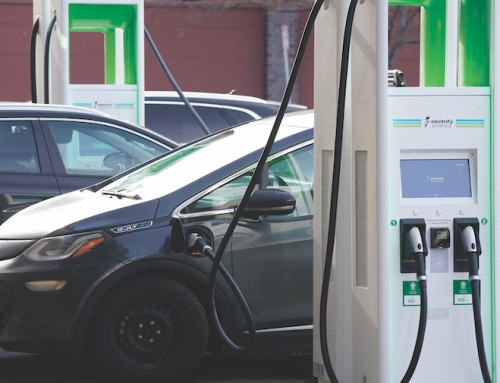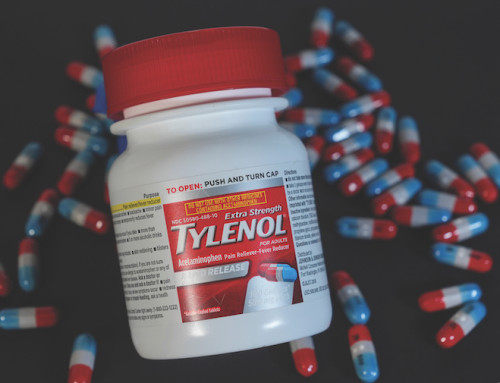A battle for control of a little-known chipmaker has threatened global auto production by choking off the semiconductor supply chain, though there are signs the crisis is inching toward a resolution.
The power struggle over Nexperia, a Chinese-owned Dutch semiconductor maker, highlights how technology supply chain vulnerabilities are squeezing auto makers, most notably forcing Honda to halt production at a Mexican factory making its popular HR-V crossover for North American markets. It also exposes how Europe is caught in the middle of the wider geopolitical showdown between Washington and Beijing.
The turmoil erupted into public view in mid-October, when the Dutch government announced it had invoked a rarely used World War II-era law to take effective control of Nexperia weeks earlier.
The Dutch ministry of economic affairs said it took action because of national security concerns. Officials said they intervened because of “serious governance shortcomings” at Nexperia, asserting control to prevent the loss of crucial tech know-how that could threaten Europe’s economic security.
Nexperia’s Chinese owner, Wingtech Technology, a partially state-owned company, is at the heart of the dispute. Amid the boardroom battle, a Dutch court granted the ministry’s request to oust Nexperia’s Chinese CEO Zhang Xuezheng. American officials told the Dutch government he would have to be replaced to avoid trade restrictions, according to a court filing.
Nexperia makes simple semiconductors such as switches and logic chips. The auto industry — one of Nexperia’s biggest markets — uses its chips for numerous functions, such as adaptive LED headlight controllers, electric vehicle battery management systems and anti-lock brakes.
Headquartered in the Dutch city of Nijmegen, Nexperia was spun off from Philips Semiconductors two decades ago. It eventually was purchased by China’s Wingtech Technology in 2018 for $3.6 billion.
Nexperia has wafer fabrication plants in Britain and Germany. It operates an assembly and testing center in China’s southern manufacturing heartland of Guangdong — which accounts for around 70 percent of its end-product capacity — and similar centers in the Philippines and Malaysia.
The dispute is part of the broader struggle between the United States and China over tech supremacy, which has left Europe caught in the middle.
There were signs of hope following last month’s high-profile meeting between President Donald Trump and Chinese leader Xi Jinping, when the White House said Beijing would ease the export ban as part of a U.S.-China trade truce.
Modern automobiles rely on so-called discrete chips made by companies such as Nexperia, which, unlike more advanced microprocessors, perform a single function. Leaders at big carmakers spelled out their worries in the latest round of earnings calls, saying that finding a replacement for Nexperia at scale in the short term will be difficult.
“While Nexperia makes up only about 5 percent of the automotive silicon discrete market in term of revenue, its share is much higher in terms of discrete chip volume,” S&P Global Mobility analysts wrote in a recent note.
Nexperia’s parts are widely used across vehicle systems — often dozens to hundreds per vehicle — and carmakers in North America, Japan and South Korea are at risk, they added.
“It’s an industrywide issue. A quick breakthrough is really necessary to avoid fourth quarter production losses for the entire industry,” Ford CEO Jim Farley said.








